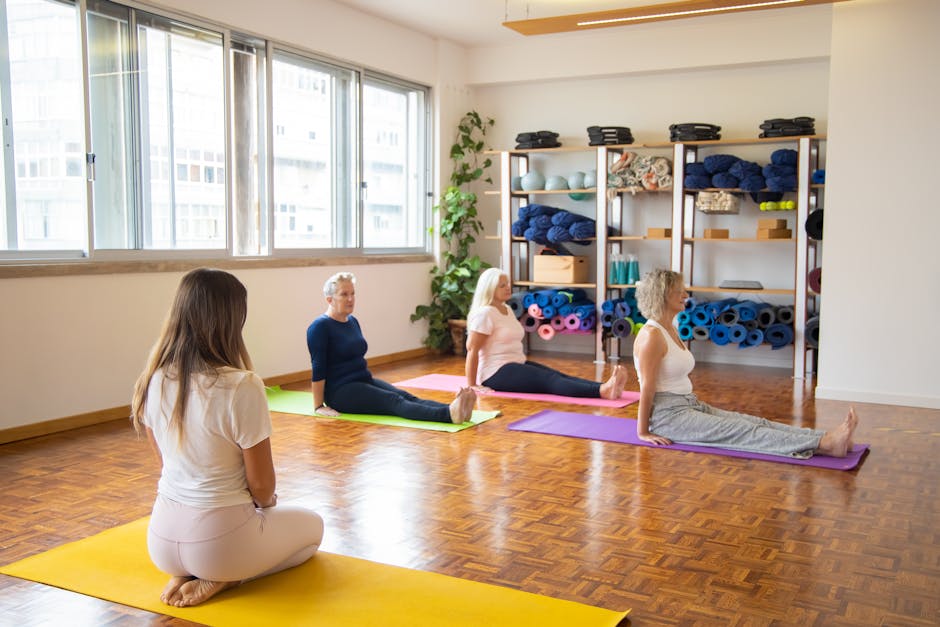The Importance of Proper Alignment in Yoga
The Importance of Proper Alignment in Yoga
Blog Article

Yoga is a practice that not only nurtures the mind and spirit but also significantly enhances physical well-being. A crucial element of effective yoga practice is proper alignment. Understanding and implementing correct yoga posture alignment can lead to a deeper connection with your body, improved performance in poses, and a reduction in the risk of injuries. This article explores the importance of alignment, highlights common misalignments, and offers practical tips for maintaining proper form across various yoga poses.
The Importance of Proper Alignment in Yoga
Proper alignment in yoga poses is essential for several reasons. First and foremost, it helps to ensure that the body is functioning optimally, allowing practitioners to reap the full benefits of their practice. When the body is aligned correctly, it can move with greater efficiency, which can enhance strength, flexibility, and balance.
Moreover, proper alignment is vital for injury prevention. Misalignments can lead to undue stress on joints and muscles, increasing the risk of strains or sprains. By focusing on yoga posture alignment, practitioners can better protect themselves and create a safer environment for exploration and growth in their practice.
Additionally, alignment plays a significant role in breath awareness. When the body is aligned properly, it allows for more effective breathing, which is a key component of yoga. Improved breath capacity can enhance relaxation and promote a sense of calm, further enriching the overall experience.
Common Misalignments and How to Correct Them
Even seasoned practitioners can fall prey to common misalignments during their practice. Recognizing these misalignments is the first step toward correction. Here are a few frequent issues and simple tips to address them:
1. Rounding the Back in Forward Folds
This is a common issue in poses such as Forward Bend. To correct this, focus on hinging at the hips while keeping the spine long. Engage the core muscles and allow the chest to lead the movement. If necessary, bend the knees slightly to protect the lower back.
2. Overextending the Knees in Standing Poses
In poses like Warrior I and II, practitioners often lock their knees, which can strain the joints. Instead, keep a micro-bend in the knees to maintain stability and prevent hyperextension. This adjustment supports the alignment of the hips and pelvis as well.
3. Misaligned Hips in Downward-Facing Dog
Many practitioners find their hips either too high or too low in this pose. To find the right position, focus on drawing the heels towards the ground while simultaneously lifting the hips towards the ceiling. This will create a long, straight spine and evenly distribute weight throughout the arms and legs.
Tips for Maintaining Alignment in Different Yoga Poses
Maintaining yoga posture alignment requires mindfulness and awareness throughout your practice. Here are some strategies to help you stay aligned:
1. Use Props
Props such as blocks, straps, and blankets can assist in achieving proper alignment. For instance, using a block under your hand in Triangle Pose can help you maintain balance while ensuring your spine stays aligned.
2. Engage the Core
Activating the core muscles is fundamental for maintaining stability and alignment. Drawing the navel towards the spine can help support the lower back and keep the body balanced in various poses.
3. Regularly Check Your Alignment
Periodically pause during your practice to assess your alignment. Visualize or feel how your body is positioned and make necessary adjustments. Mirror work can also aid in identifying misalignments and refining your posture.
In conclusion, prioritizing yoga posture alignment is essential for maximizing the benefits of your practice. By understanding the importance of alignment, recognizing common misalignments, and implementing strategies to maintain proper form, you can create a safer and more enriching yoga experience. For more guidance on yoga posture alignment and techniques, you can explore resources available at Yoga Soul.
Report this page